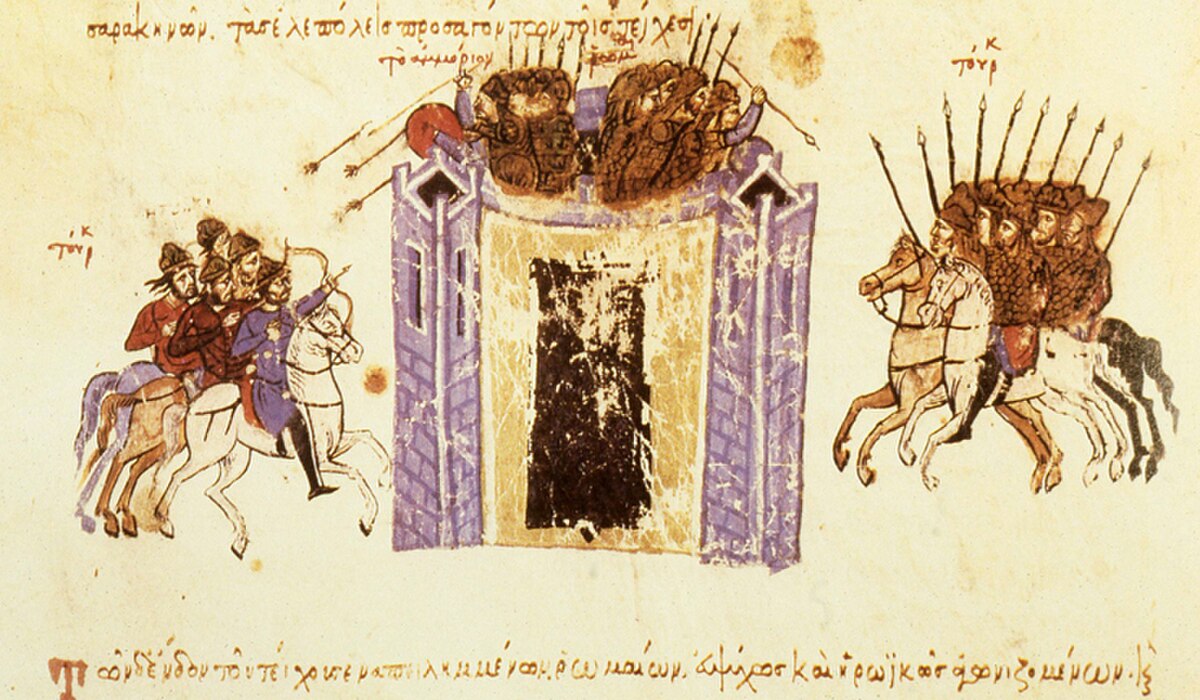
Sack of Amorium
Emirdağ, Afyonkarahisar, TurkeThe Sack of Amorium by the Abbasid Caliphate in mid-August 838 was one of the major events in the long history of the Arab–Byzantine Wars. The Abbasid campaign was led personally by the Caliph al-Mu'tasim (r. 833–842), in retaliation to a virtually unopposed expedition launched by the Byzantine emperor Theophilos (r. 829–842) into the Caliphate's borderlands the previous year. Mu'tasim targeted Amorium, a Byzantine city in western Asia Minor, because it was the birthplace of the ruling Byzantine dynasty and, at the time, one of Byzantium's largest and most important cities. The caliph gathered an exceptionally large army, which he divided in two parts, which invaded from the northeast and the south. The northeastern army defeated the Byzantine forces under Theophilos at Anzen, allowing the Abbasids to penetrate deep into Byzantine Asia Minor and converge upon Ancyra, which they found abandoned. After sacking the city, they turned south to Amorium, where they arrived on 1 August. Faced with intrigues at Constantinople and the rebellion of the large Khurramite contingent of his army, Theophilos was unable to aid the city.
Amorium was strongly fortified and garrisoned, but a traitor revealed a weak spot in the wall, where the Abbasids concentrated their attack, effecting a breach. Unable to break through the besieging army, Boiditzes, the commander of the breached section privately attempted to negotiate with the Caliph without notifying his superiors. He concluded a local truce and left his post, which allowed the Arabs to take advantage, enter the city, and capture it. Amorium was systematically destroyed, never to recover its former prosperity. Many of its inhabitants were slaughtered, and the remainder driven off as slaves. Most of the survivors were released after a truce in 841, but prominent officials were taken to the caliph's capital of Samarra and executed years later after refusing to convert to Islam, becoming known as the 42 Martyrs of Amorium.
The conquest of Amorium was not only a major military disaster and a heavy personal blow for Theophilos, but also a traumatic event for the Byzantines, its impact resonating in later literature. The sack did not ultimately alter the balance of power, which was slowly shifting in Byzantium's favour, but it thoroughly discredited the theological doctrine of Iconoclasm, ardently supported by Theophilos. As Iconoclasm relied heavily on military success for its legitimization, the fall of Amorium contributed decisively to its abandonment shortly after Theophilos's death in 842.
